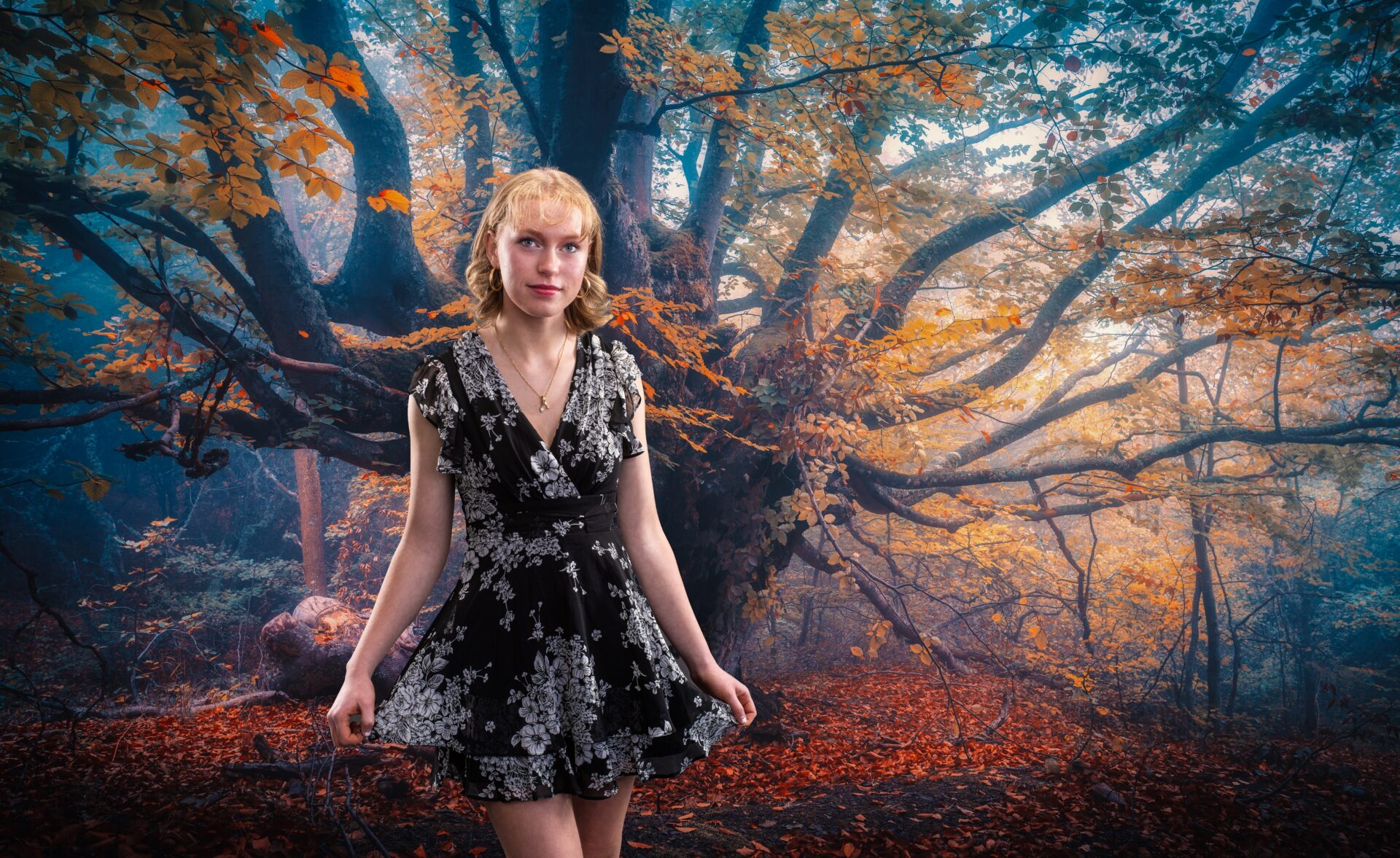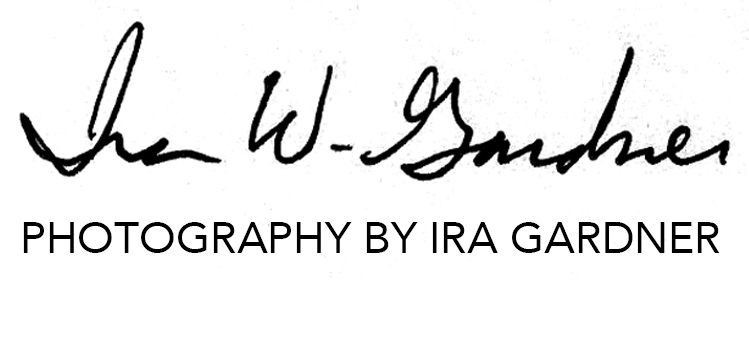
Contemporary digital photography is more like painting than photography. With traditional film photography you were primarily documenting irrefutable evidence that the subject existed in front of the lens. While illusions could be made with a lot of craft and handiwork, it was far less likely. One need only look at the work of Jerry Uelsmann to see the creative possibilities for film photography.
Today the conversation is now evolving around AI generated images. However the illusions created by AI go far further back in photographic history. In 1982 we had the first major scandal where an image was manipulated for the cover of a National Geographic Magazine.
By the mid 1990’s I was sitting in a conference listening to a FBI agent explain how with only $10,000 worth of equipment a person could forge a photograph without detection. Later that year I ran into a forensic photographer from the Sheriff’s office and had an opportunity to ask why photographs were even still allowed into court. His response was that a photograph is nothing more than the testimony of the photographer and is treated the same as any verbal testimony. It’s truth is weighed against all the other factors presented in the case.
I really don’t mind the manipulation of an image. I think it opens up the photographer to fully realize their creative imaginations. I do think digital composite images need to be adequately labeled so that the viewer recognizes a fantasy when they see one.
The basic foundations of photography remain in so far as an image is about selectivity. Early digital manipulation involves the image maker selecting what visual elements to include in the final composition.
Perhaps what is most changed about photography in the era of AI generation is the idea that it is somehow now a group collective effort whereby the machine learning is happening based upon the images made by other photographers.
Again I point to earlier digital techniques that incorporate stock photographs into the final composition. This image is an example of that. I photographed Addison in my studio against a solid gray seamless background and then had to research an image to use for the background. There is a DIsney qualty to this image that I find quite satisfying. Perhaps I was remembering my childhood experience of sitting in the theater and watching Fantasia or later experiences watching the movie Avatar.
Today’s digital manipulations and composite images are an update to a long history in art of the remix. Whether it was done on magnetic tape or via digital loops, it provides the maker an opportunity for self expression. In the visual arts we saw the works of Robert Rauschenberg and John Heartfield montages and collages. Now we have digital versions of that.
I have not used AI to create images yet. In fact I have not even used the new generative fill option in Adobe Photoshop. I continue to make my composites a little more like the early mix tape but I imagine I will explore new techniques in the upcoming year.
Regardless, I do not fill constrained by technology but I also feel obliged to share the truth of the origins of the image.

